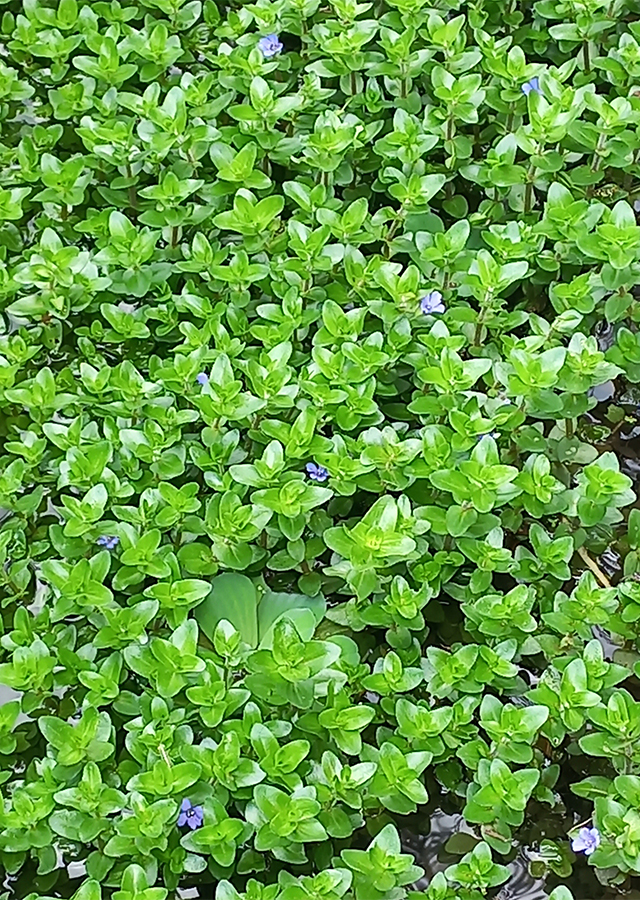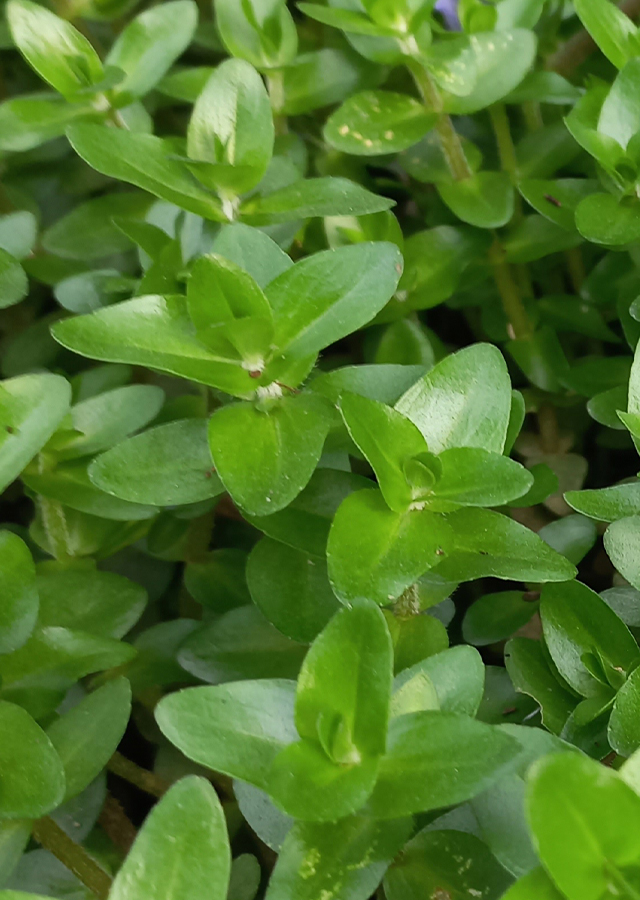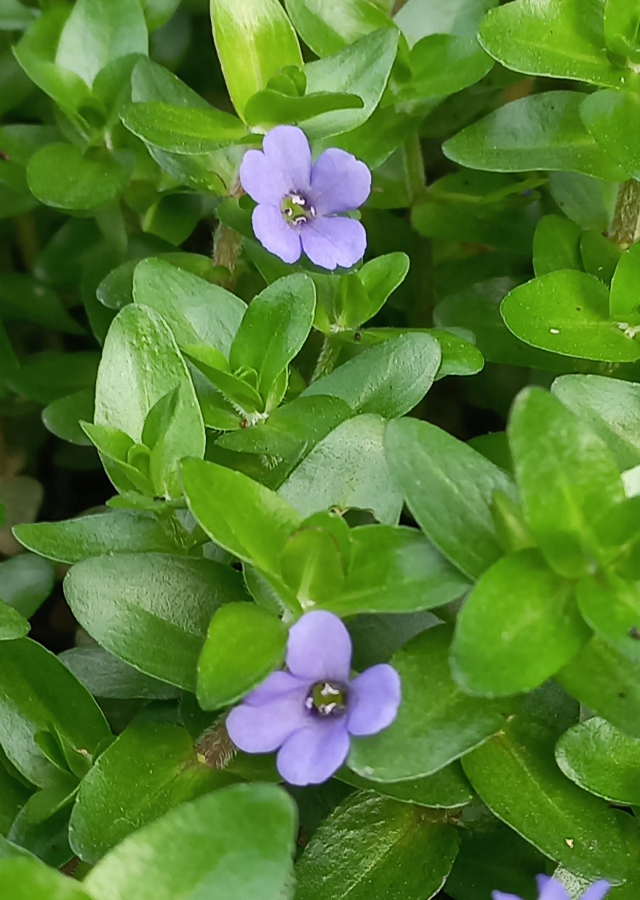Traditional Herbs from Bacopa caroliniana
cough_medicine_or_sedative
- Prepare fresh blue water hyssop leaves and wash them until clean.
- Crush\u00a0pour boiling water into\u00a0a cup.
- Let stand for 10 minutes.
- Add honey if you like."], "respiratory_problems
- Take fresh blue water hyssop leaves and wash them until clean.
- Soak the leaves in water.
- Let some long time.
- Drink.
What is Bacopa caroliniana Looks like??



Parts of Bacopa caroliniana that could be used
Bacopa caroliniana Distribution
Bacopa caroliniana is a plant that is categorized as a hydrophyte or wetland plant that originates from the southeastern United States, from Maryland to Texas, including Florida. This species is very popular and has been used as an ornamental plant in aquariums for many years, because of its ability to grow in water. Apart from being an aquarium plant, Bacopa caroliniana can also be used to add beauty to water garden ponds and to provide habitat in wetland improvement and restoration projects. This species can also be consumed in salads and used as a seasoning. The leaves have a lemon-like aroma and taste and can be used as an ingredient in making tea. B. caroliniana is also believed to have health benefits, and has traditionally been used as medicine.
Agroecology of Bacopa caroliniana
Bacopa caroliniana is a plant that grows in water or in wet or damp soil. It is categorized as a hydrophyte or obligate wetland plant, meaning it almost always grows in wetlands compared to more terrestrial areas. This species is commonly found growing along shorelines, tidal mudflats, disturbed wetlands, freshwater wetlands, wet ditches, marshes, and pond edges. Prefers areas with full sun (6 hours or more of direct sunlight a day) or partial shade (only half a day of direct sunlight, 2-6 hours). This species is heat tolerant, but not drought or salt tolerant.
Morphology of Bacopa caroliniana
- Fibrous roots.
- Stems that emerge or emerge from the water are often covered with fine hairs and may appear velvety. Whereas the stems of submerged plants (with most or all of the plant submerged in water) are hairless or nearly hairless. Succulent stems and green.
- Unifoliate leaves, small, green, oval-almost round, thick, fleshy, succulent, arranged tightly opposite each other in pairs along short ascending stems, leaf edges flat, leaf tips pointed and base truncated leaves. Gives off a lemon-like aroma if the leaves are crushed.
- Flowers are small, bright blue with 4 - 5 ovate petals.
- Fruit is smooth, hairless, shaped like an egg.
Cultivation of Bacopa caroliniana
- Propagation is done by stem cuttings and dividing the clump. The cuttings must be taken from the tip of the stem and should be about 7 - 12 cm long, then pick the bottom leaves and plant the stem cuttings in the planting medium.
- The cuttings usually root well within one month.
Bacopa caroliniana, more details :
Chemical Content of Bacopa caroliniana
Essential oil (α-terpinolene).
Benefits of Bacopa caroliniana
Treats respiratory problems (such as chronic cough and shortness of breath), acts as a laxative, sedative, cathartic (emotional release), diuretic, and nerve tonic. Has antimicrobial activity.
Simplisia of Bacopa caroliniana
- Prepare fresh\u00a0blue water hyssop leaves then wash them until clean.
- After washing then drain.
- Dry in direct sunlight for several days or in an oven at a temperature\u00a040 \u00b0C\u00a0 until the water content\u00a010% .
- Once dry, store\u00a0simply in plastic or a clean, airtight container
Another Facts for Bacopa caroliniana :
Synonym of Bacopa caroliniana
Obolaria caroliniana Walter, Bacopa amplexicaulis (Michx.) Wettst., Moniera caroliniana Kuntze
Habitus of Bacopa caroliniana
Aquatic Plants. Annual aquatic plant, up to 10 - 30 cm high
Habitat of Bacopa caroliniana



No comments:
Post a Comment